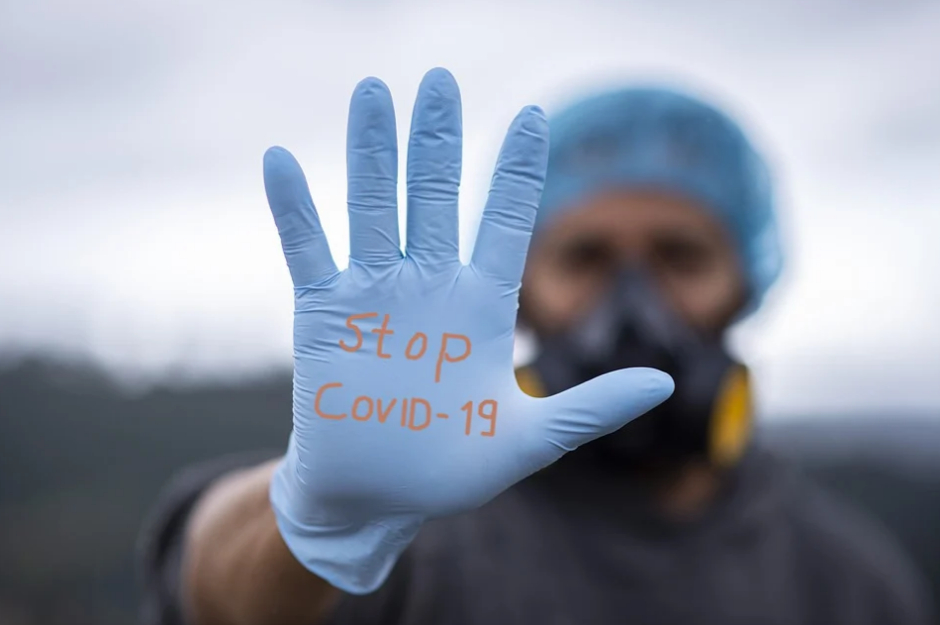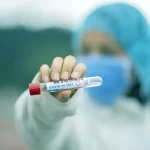
As Poslovni Dnevnik writes on the 21st of August, 2020, Health Minister Vili Beros commented on the recent jump in the rate of newly infected people for N1. On the 20th of August, Croatia recorded a significant increase…
“I was surprised by the numbers because they weren’t like that in the morning, however, later on, some more data came from certain hotspots. We’re thinking about all the elements and we’re trying to find a way to stop it,” Vili Beros said.
Regarding the session of the Slovenian Government and the decision on quarantine for Slovenes returning from Croatia, he said that he has been on phone with the Slovenian minister just an hour previously.
“He promised to report back to me when he finished, he hasn’t responded yet,” Beros said as he left the government building just before Slovenia put Croatia on the red list.
Some time later, Minister Vili Beros told RTL that we must be concerned as long as the virus is among us and that he is once again calling for responsible behaviour.
“For two days in a row, the numbers have been higher than 200, then we had 255, so we’ve reached the cumulative rate of patients in 14 days, which is 47, and that is significant. However, it’s good that most of the hotspots are under control and that we know the sources of the infection and the contacts of these people, and our epidemiologists, just like before, are doing extremely valuable work to stop the spread of the infection,” said Vili Beros, adding that their efforts will not be enough on their own, and that we must act responsibly.
“Many young people who were on the Adriatic coast and, understandably, relaxed, are now returning to their homes inland and there is a danger that the virus, if they’re infected, will be transmitted to older people and their compromised immune systems. That’s a new and additional danger,” said Vili Beros.
Asked if we can expect further growth in the number of infected people, he said it is difficult to say. “The recent numbers are certainly a consequence of the fact that more than 2,300 tests have been carried out, by far the most so far. With such a large number of tests being taken, it’s to be expected that the number of new cases will be slightly higher,” he said, adding that we have to monitor the situation from day to day and also from hour to hour.
“My earlier warning is a step in that direction. The virus is transmitted in this way from the younger population, which is what we’ve witnessed in the last 20 days, because the average was, first 31, and then 36, these are relatively younger people. Now, with their return home inland, the virus can be transmitted to the elderly population, which wouldn’t be good,” the minister said.
He also answered the question of whether even more people should be being tested, especially since there are many asymptomatic cases of coronavirus.
“That question has been circulating since the beginning. We had a strategy that initially yielded good results. Many scientists agree that the first wave and this next wave we expect in September won’t have exactly the same epidemiological characteristics. It’s very ,uch possible that at some point we’ll decide to start testing more,” said Beros.
In just one day, several European countries, Great Britain, Germany and Slovenia put Croatia on their red lists. Asked if we were a safe country, Vili Beros replied: “We can’t escape from our numbers of newly infected people. It is completely legitimate for these countries, to which their inhabitants return from holidays in Croatia, to take care of their health and as such they’ve introduced certain criteria,” he noted.
“We’ve reached some of the limits with our numbers in the past few days and they reacted as they reacted,” he said.
“Our idea was to warn everyone, ie to point out that the epidemiological situation in the whole of Croatia is not the same and that there are counties where the epidemiological situation in the last month is perfect. However, there are also counties, such as Sibenik-Knin and Split-Dalmatia, which show slightly worse results,” he said. It was Germany that singled out these two counties in its decision, as opposed to the entire country.
He also answered the question of what the epidemiological situation should be in order to postpone schooling. He said that a working group in the Ministry of Education is discussing this and that there are two epidemiologists in that working group. “Together with education experts, they’ll come up with criteria that will describe the epidemiological picture that could possibly delay the start of classes,” Beros said, adding that he didn’t expect that.
“If everything goes according to some of our predictions, the school year should start on schedule,” concluded Vili Beros.
For more on coronavirus in Croatia, follow our dedicated section.
For the latest travel info, bookmark our main travel info article, which is updated daily.
Read the Croatian Travel Update in your language – now available in 24 languages
Join the Total Croatia Travel INFO Viber community.










